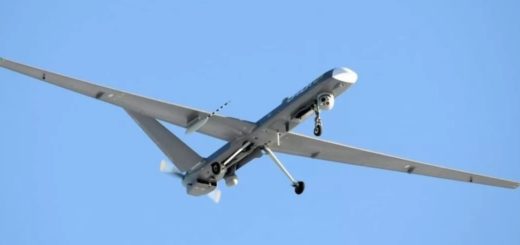FAA’s MOSAIC rule ushers in major update for US light-sport aviation
The Federal Aviation Administration (FAA) on October 22, 2025, finalized rulemaking called Modernization of Special Airworthiness Certification — better known as MOSAIC — signifying a sweeping update to the light-sport aircraft (LSA) category and sport-pilot privileges after more than a decade of discussion and debate. The rule was signed in mid-July 2025 and unveiled publicly during the EAA AirVenture Oshkosh 2025 airshow, marking what regulators call the most significant regulatory overhaul of recreational aviation in more than 20 years.
Under the revised regulations, sport-pilot certificate holders will gain access to a far broader range of aircraft and privileges than previously permitted. For example, the old 1,320-pound maximum takeoff weight limit for light-sport airplanes has been removed in favor of performance-based criteria, such as for stall speed. Aircraft now may be configured with up to four seats, up from two, and may feature more advanced systems — such as retractable landing gear, controllable-pitch propellers, and even alternative propulsion like electric or hybrid power options. As a result, sport pilots in the US will now be permitted to fly popular four-seat aircraft such as the Cessna 172 and Piper Cherokee.
The initial phase of the MOSAIC rule took effect 90 days after its publication in the Federal Register and applies to sport-pilot privileges. Broader airworthiness standards for new light-sport aircraft will become effective on July 24, 2026.
From the day it took effect, sport-pilot certificate holders will be able, with required endorsements, to fly more capable aircraft, including models with four seats and higher performance characteristics — although they will still be limited to carrying a single passenger. The rule also allows sport pilots to fly at night and in more complex aircraft after obtaining additional instructor endorsements, as long as medical compliance rules are met.
For aircraft manufacturers and the broader general aviation sector, MOSAIC opens a new certification pathway that proponents say invites innovation. By replacing prescriptive weight and speed limitations with performance-based criteria, the FAA aims to lower barriers for new aircraft designs, allow advanced avionics and propulsion systems, and accelerate the entry of modern aircraft into the recreational and training markets.
Industry groups welcomed the rule’s publication. The Experimental Aircraft Association (EAA) called it “the most monumental and important step recreational aviation has taken in more than 20 years.” Meanwhile, the Aircraft Owners and Pilots Association (AOPA) noted that the rule opens the door to “faster, four-seat airplanes under sport-pilot privileges” and credits MOSAIC with facilitating broader access and innovation.
However, the rule is not without nuance. Past aircraft certified under existing standards do not automatically qualify under the new rules. Aircraft eligibility still depends on meeting the revised performance parameters. In addition, while sport-pilot privileges expand, pilots must still obtain the appropriate endorsements and adhere to training, currency, and medical requirements.
The FAA said the MOSAIC rule represents the most significant update to light-sport aviation since the category was created in 2004. The new standards expand the types of aircraft eligible for sport-pilot operation and are expected to make it easier for manufacturers to bring new models to market. The agency emphasized that the transition will take place in stages, with additional certification provisions taking effect in 2026. The post FAA’s MOSAIC rule ushers in major update for US light-sport aviation appeared first on AeroTime.
The Federal Aviation Administration (FAA) on October 22, 2025, finalized rulemaking called Modernization of Special Airworthiness Certification — better known as…
The post FAA’s MOSAIC rule ushers in major update for US light-sport aviation appeared first on AeroTime.






